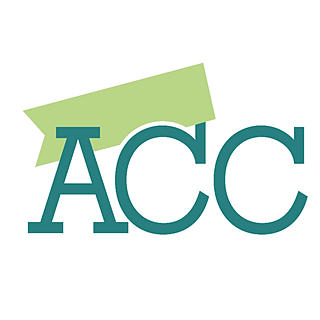Historic Preservation Board insists on protecting Mesa’s history
- Arizona Contractor & Community
- Oct 10, 2023
- 3 min read
by Miranda Acosta, ASU Walter Cronkite School of Journalism
The Historic Preservation Board of Mesa unanimously voted on a year-long demolition stay rather than the previous 180-day stay at their meeting on Sept. 5.
The board oversees constructions and demolitions regarding the historic landmarks, buildings, and districts of the city, and therefore has the power to deny a demolition permit for 22 landmarks and 7 districts.

However, after denying said permit, the city and property owners only have 180 days to come to an agreement. If the agreement is not made, the construction or demolition can proceed.
At the start of the meeting, James Babos, the chair of the board since 2020, said that he is “still of the opinion that [the demolition stay] should be a year and not six months” due to having “as few a number of properties” as Mesa does.
The problem with the 180 days, according to the board members and resident Greg Marek, is that people wanting to demolish certain buildings will find it easy to wait out six months as compared to an entire year.
“Now one year–that’s a whole different story. If you have to wait one year to demolish…most people won’t want to wait that long and they will sit down and do exactly [what’s being talked] about, to compromise,” said Marek, the Redevelopment Director for Mesa from 1996 to 2005. “A lot of jurisdictions have the one-year and that’s pretty typical.”
Marek continued to use the Tempe Historic District as an example, claiming that at the time of that construction, it’s very possible that they may not have been willing to wait a whole year when tearing down those buildings.
Not only that, but another point was that Mesa’s growing popularity plays a part in wanting to keep its history as untouched as possible. Currently, Mesa’s estimated population is around 521,000 people. That’s an increase from a population of 464,661 back in 2013.
Bruce Nelson, a member of the board, said, “We’re becoming popular. People want to live in Mesa.” He then said, “We don’t want to turn into something that’s not liveable. If we can keep those districts…we still have a little bit of charm to us. I like charm in my city.”
Furthermore, the President of the Mesa Preservation Foundation Vic Linoff mentioned that the residential properties may not be the most crucial issues.
“I think the issue is for commercial properties. We are in a very vibrant and volatile dynamic time, where after so many years there is real interest in the Downtown,” Linoff said. “As time goes by and as we fill in on Main Street, there’s gonna be a lot of interest in the areas south of Main and developing that out.”
Similarly to the other six board members in attendance, Linoff stated that he “strongly [supports] the idea of a year” due to how that additional time would aid in more complex agreements for commercial developments.
However, Linoff and Marek’s agreement with the board does not mean every person in the room felt exactly the same. Mary Kopaskie-Brown, the Planning Director for Mesa and Preservation Officer of the board, looked at the perspectives of both the citizens wanting to demolish their own property and citizens wanting to preserve Mesa’s history.
“We considered the year, and…when we look at the two sides of ‘leave me alone’ [and] ‘protect everything,’ we felt that that six months was a good compromise because at the public meeting there actually was somebody who said ‘you’re telling me that if I…wanted to demo my property you’re gonna hole me up for six months?’” she said.
Despite Kopaskie-Brown’s mostly neutral stance, the entire board voted to have the City Council review the one-year stay. The board is persistent in their determination to keep the city’s rich history alive.








Comments